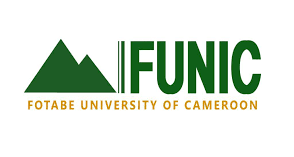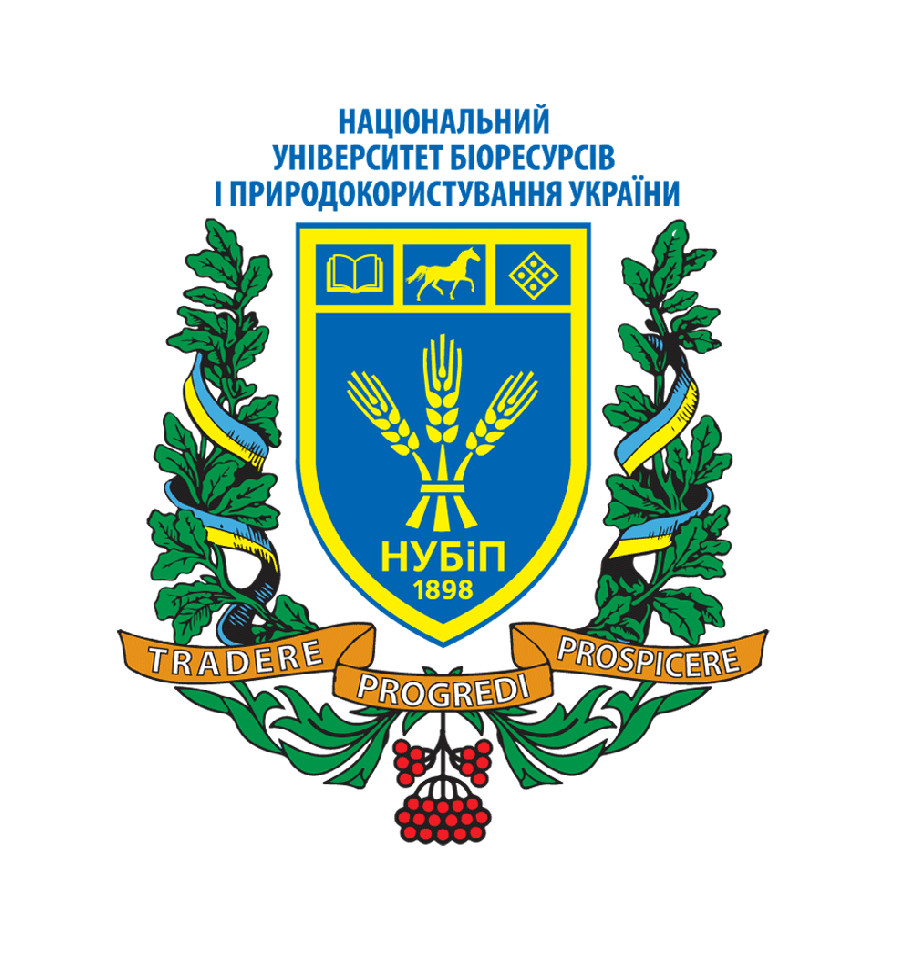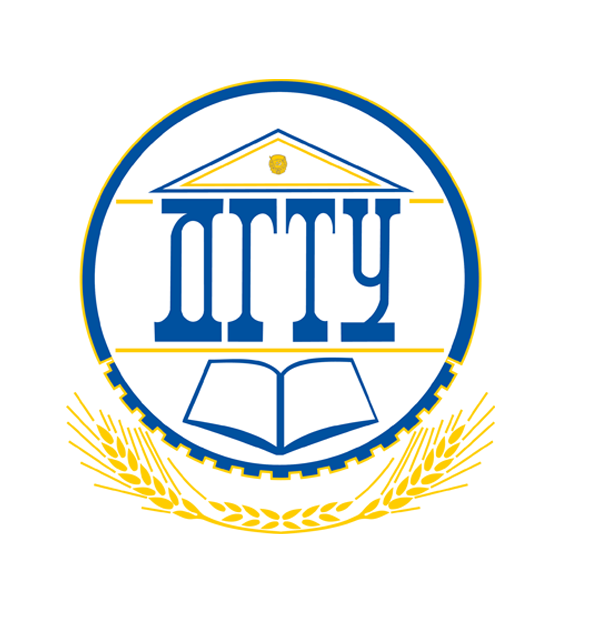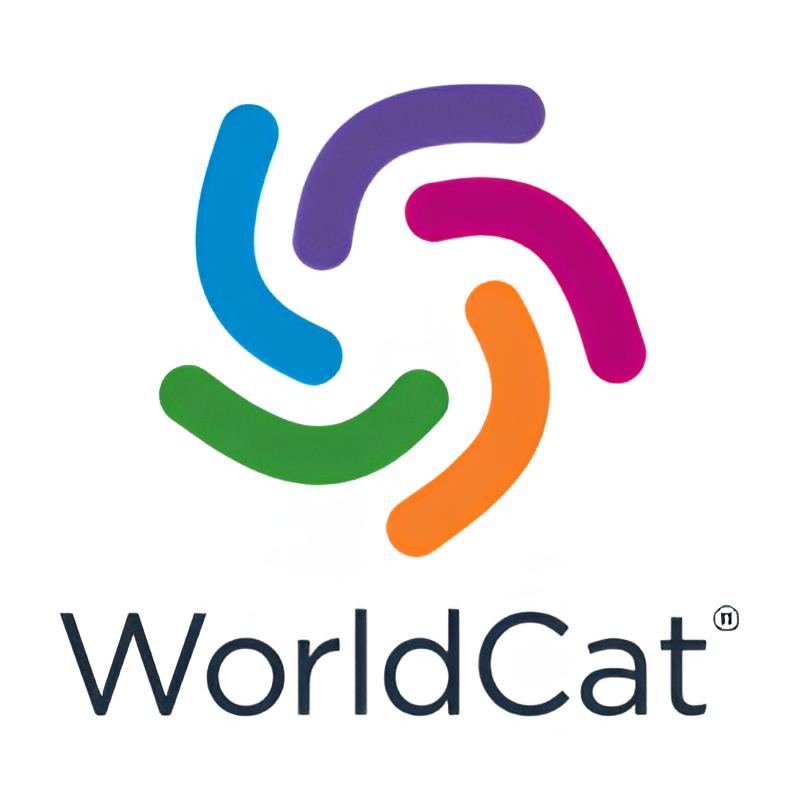Freshwater Aquaculture and Household Performance in Busia County, Kenya
Mots-clés :
Aquaculture, Busia County, Agricultural Extension Services, Fingerlings, Freshwater AquacultureRésumé
Aquaculture has become a household source of proteins, taking over the traditional red meat delicacy that promotes food security and livelihood for over 2.5 billion people. This covers approximately 40 percent of the world’s fish production. As the population increases, the demand for fish increases owing to the current deficit. Therefore, the need for freshwater aquaculture is high to meet global demand. Busia County has benefited from internal and external support for household aquaculture practices to address nutrition challenges and livelihoods as well. This study investigated freshwater aquaculture performance in Busia County, Kenya. The study adopted a descriptive cross-sectional research design, applying both quantitative and qualitative methods. The target population was 55,608 households in Bunyala and Teso South sub-counties, resulting in a sample size of 384 households. Simple random sampling was used to select the households, while purposive sampling was used to select key informants. Questionnaires, interview schedules, focus group discussion guides, and photography were used to collect data. Quantitative data were analyzed using SPSS version 25.0, while qualitative data was analyzed by grouping them into themes and reporting verbatim. Private hatcheries produced the majority of fingerlings, which increased their price for households. Households bought fish feed from the local agrovets, which was not quite affordable to farmers. Extension services were primarily provided in pond management (96.1%; OR = 2.67), record-keeping (92.7%), and fish marketing (77.7%). Private sector hatcheries are the main distributors of fingerlings to farmers, which could have contributed to the higher price of a fingerling while also considering the transportation cost of the precious fingerlings. Pond management, recording keeping, and marketing were the main extension services accorded to households surveyed. Owing to the low investment in hatcheries by the national and county governments of Busia, there is a need to rethink the installation of government hatcheries in all sub-counties for ease of accessibility and affordability in order to promote the sustainability of aquaculture.
Publiée
Comment citer
Numéro
Rubrique
(c) Tous droits réservés Douglas Atamba Miima, Edward Musungu Mugalavai, Jacob W. Wakhungu 2023

Ce travail est disponible sous licence Creative Commons Attribution - Pas d’Utilisation Commerciale 4.0 International.
Articles les plus lus par le même auteur ou la même autrice
- Stephen Muchaki Mudekhere, Edward Musungu Mugalavai, Ferdinand Makhanu Nabiswa, Nexus between Indigenous Knowledge Systems and Adaptation to Climate Change Strategies by Farmers in Kajiado County, Kenya , African Journal of Empirical Research: Vol. 5 No 2 (2024): Apr-Jun 2024
- David W. Nanyende, Donald S. Namasaka, Ferdinand N. Makhanu, Jacob W. Wakhungu, Risk Factors for Leptospirosis in Rural Communities of Bungoma County, Kenya: A Cross Sectional Survey , African Journal of Empirical Research: Vol. 5 No 1 (2024): Jan-Mar 2024
- Edward Musungu Mugalavai, Ferdinand M. Nabiswa, Ruth N. Simiyu, Canon O. Omondi, Factors that Influenced Increase in Teenage Pregnancy of Girls Aged between (10-19) years During the Covid-19 Pandemic: A Comparative Study of Kakamega and Bungoma Counties, Kenya , African Journal of Empirical Research: Vol. 6 No 2 (2025): Apr-Jun 2025
- Henry S. Anjila, Jacob W. Wakhungu, Alice Ndiema, The Influence of Household Dynamics on Ruminant Livestock Production Systems and the Kakamega Forest Ecosystem, Kenya , African Journal of Empirical Research: Vol. 6 No 1 (2025): Jan-Mar 2025























